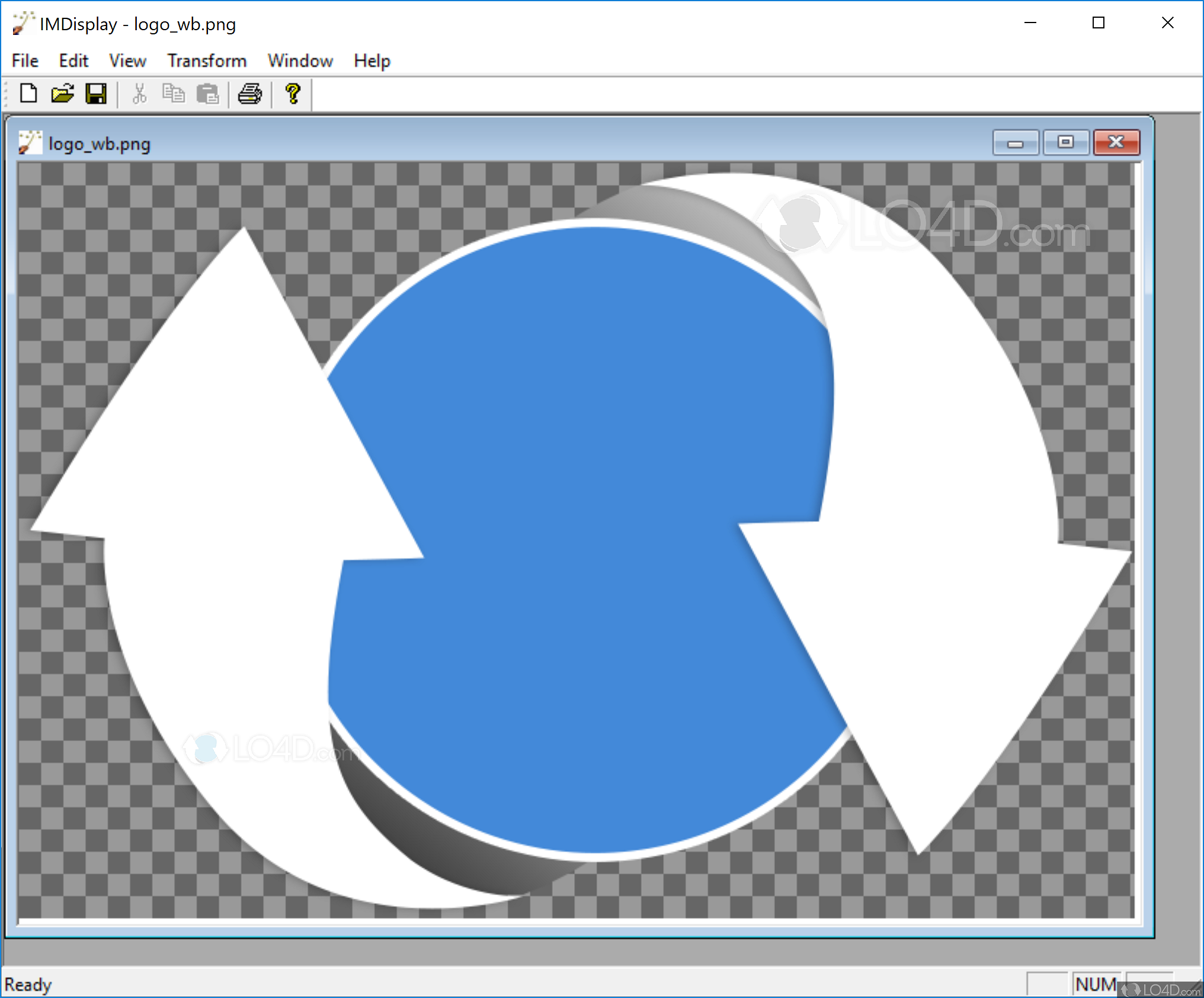

- #IMAGEMAGICK GODADDY INSTALL#
- #IMAGEMAGICK GODADDY SOFTWARE#
- #IMAGEMAGICK GODADDY DOWNLOAD#
- #IMAGEMAGICK GODADDY FREE#
That retain the original aspect ratio of height to width.Named thumbnail180-00.jpg, thumbnail180-01.jpg, and so on.Produces several distinct effects in one pass. For instance: convert '*.tiff' thumbnail180-%02d.jpg This can be combined with other effects like format conversion. One common use of ImageMagick is to rescale images, such as to create thumbnails. The point here is that these operations are entirely conventional: bash makes it mundane to script such tiny little command sequences and save hours of tedium that otherwise would have to be done manually.
#IMAGEMAGICK GODADDY INSTALL#
An example such as: sudo yum install ImageMagickįor instance, abbreviates, “use ssh to log into the server, then enter sudo yum install ImageMagick at the ‘shell’ or ‘bash’ command prompt.” An alternative reading, appropriate for longer sequences such as the six-line for loop above, might be, “use ssh to log into the server, then create a text file my_script.sh whose contents are the script provided, then use bash my_script.sh to execute that script.” The commands above are all expressed in a conventional way for command-line interaction. This script transforms filenames such as landscape.tiff and NYC-meeting.tiff to $IMAGES/landscape.jpg and $IMAGES/NYC-meeting.jpg, and so on. This renames the results to: ready-for-web/converted-0.jpg, ready-for-web/converted-1.jpgĪnother example involves writing results to a new $IMAGES folder, but retaining the original filenames with: cd $FOLDER Here’s how: cd $FOLDERĬonvert *.tiff ready-for-web/converted.jpg ImageMagick supports a number of options to help organize images. Converting images for improved organization
#IMAGEMAGICK GODADDY DOWNLOAD#
Because this will take some time to download and display in a browser, you can create smaller jpegs for faster viewing with the following operation: cd $FOLDERĪfterward, $FOLDER will contain the 800 original tiffs, along with 800 new jpegs with the. Let’s say you have a folder (called $FOLDER, for sake of example) with 800 large tiff photographs which might be 30 MB lossless files. Converting large images for faster viewing The need to reduce file size and organize images are the two most common reasons for converting images.
#IMAGEMAGICK GODADDY FREE#
Plus, you’ll need about 40 to 60 MB of free space. To set this up, install ImageMagick by logging in to the server, and requesting the following: sudo yum install ImageMagickĬapitalization must be as shown above. The recipes below are adequate models to solve nearly all elementary image transformation requirements you might run into with your site. Plus, you don’t have to be a wizard to pull off mass conversion.


Tedious reformatting should never be an obstacle to reworking graphical presentation: bash easily combines with ImageMagick to produce results in minutes (versus hours, days, decades if done manually). Easy - Simple shell scripting makes it easy to apply ImageMagick commands to portfolios of hundreds or thousands or even millions of images at a time.Safe - The application carefully scans input images for harmful infections, and has a good record for resisting infection.
#IMAGEMAGICK GODADDY SOFTWARE#

The new hosting configuration allows any file with a. The latest version of Python –– 2.4 –– is supported.ĬGI, Perl, or Python scripts no longer have to be uploaded to and run from the cgi directory. You can also run both PHP 4 and PHP 5 simultaneously on the same site. With PHP 5 support, you can program using the latest version of this server–side scripting language and take advantage of existing applications and add ons written in PHP 5. It should be noted that some of these options are only available on the Deluxe or Unlimited accounts. Upgrading to the Hosting Configuration 2.0 results in the following benefitsĬurrent as of February 19, 2007.


 0 kommentar(er)
0 kommentar(er)
